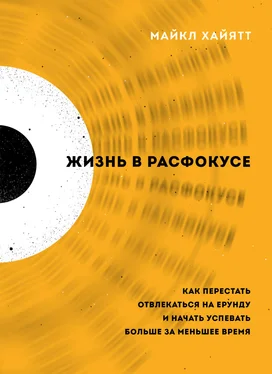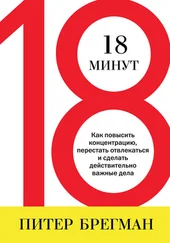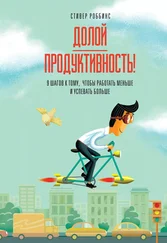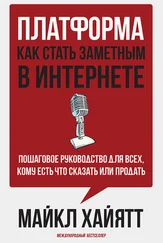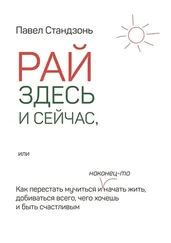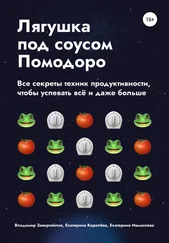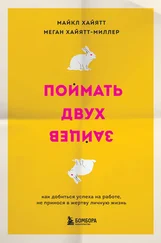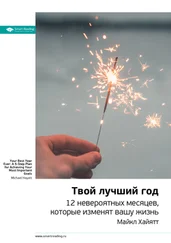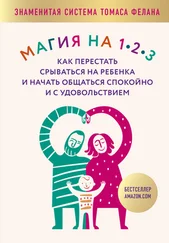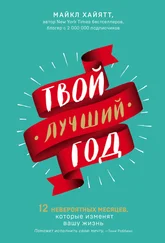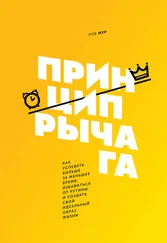Clayton, “Regular Exercise”.
Tom Jacobs, “Want to Get Rich? Get Fit,” Pacific Standard, January 31, 2014, https://psmag.com/social-justice/want-get-rich-get-fit-72515.
Henry Cloud, The Power of the Other (New York: Harper Business, 2016), 9, 81.
Emily Stone, “Sitting Near a High-Performer Can Make You Better at Your Job,” KelloggInsight, May 8, 2017, https://insight.kellogg.northwestern.edu/article/sitting-near-a-high-performer-can-make-you-better-at-your-job.
Cloud, Power of the Other, 81.
Stone, “Sitting Near a High-Performer Can Make You Better at Your Job”.
Virginia Postrel, The Future and Its Enemies (New York: Free Press, 1998), 188.
Stuart Brown, Play (New York: Avery, 2010), 127.
Jeremy Lott, “Hobbies of Highly Effective People,” MichaelHyatt.com, November 7, 2017, https://michaelhyatt.com/hobbies-and-effectiveness/.
Paul Johnson, Churchill (New York: Penguin, 2009), 128, 163.
Winston S. Churchill, Painting as a Pastime (London: Unicorn, n. d.). He wrote this essay in 1948.
Shirley S. Wang, “Coffee Break? Walk in the Park? Why Unwinding Is Hard,” Wall Street Journal, August 30, 2011, https://www.wsj.com/articles/SB10001424053111904199404576538260326965724.
Chris Mooney, “Just Looking at Nature Can Help Your Brain Work Better, Study Finds,” Washington Post, May 26, 2015, https://www.washingtonpost.com/news/energy-environment/wp/2015/05/26/viewing-nature-can-help-your-brain-work-better-study-finds/.
Ruth Ann Atchley et al., “Creativity in the Wild: Improving Creative Reasoning through Immersion in Natural Settings,” PLOS One 7, no. 12 (December 12, 2012), http://journals.plos.org/plosone/article?id=10.1371/journal.pone.0051474.
Netta Weinstein, Andrew K. Przybylski, and Richard M. Ryan, “Can Nature Make Us More Caring?” Personality and Social Psychology Bulletin, August 5, 2009, https://journals.sagepub.com/doi/abs/10.1177/0146167209341649. Diane Mapes, “Looking at Nature Makes You Nicer,” NBCNews.com, October 14, 2009, http://www.nbcnews.com/id/33243959/ns/health-behavior/t/looking-nature-makes-you-nicer.
Jill Suttie, “How Nature Can Make You Kinder, Happier, and More Creative,” Greater Good, March 2, 2016, https://greatergood.berkeley.edu/article/item/how_nature_makes_you_kinder_happier_more_creative. Cecily Maller et al., “Healthy Nature Healthy People: ‘Contact with Nature’ as an Upstream Health Promotion Intervention for Populations,” Health Promotion International 21, no. 1 (March 2006), https://academic.oup.com/heapro/article/21/1/45/646436. “How Does Nature Impact Our Wellbeing?” Taking Charge of Your Health & Wellbeing (University of Minnesota), https://www.takingcharge.csh.umn.edu/enhance-your-wellbeing/environment/nature-and-us/how-does-nature-impact-our-wellbeing.
“Unplugged for 24 hours,” New Philosopher, February – April 2016.
Steve Turner, Beatles ’66 (New York: Ecco, 2016), 47.
Как выразились Фридерика Фабрициус и Ганс В. Хагеманн: «Никто не ставит под сомнение тот факт, что с вами нельзя связаться, когда вы уже находитесь на важной встрече, но часто существует негласное предположение, что когда вы не на встрече, то являетесь свободным. И все же, когда вам нужно сосредоточиться, вы находитесь на важной встрече – с самим собой». The Leading Brain (New York: TarcherPerigree, 2017), 91–92.
William Ury, The Power of a Positive No (New York: Bantam, 2007), 10–15.
Ury, Positive No, 14.
Ury, Positive No, 16–18.
“Ritual,” Dictionary.com, http://www.dictionary.com/browse/ritual.
Mason Currey, Daily Rituals (New York: Knopf, 2015), xiv. Also see Pang’s discussion of morning routines in Rest, 75–92.
Atul Gawande, “The Checklist,” New Yorker, December 10, 2007, https://www.newyorker.com/magazine/2007/12/10/the-checklist. See also Gawande’s book, The Checklist Manifesto (New York: Metropolitan Books, 2009).
Ashley V. Whillans et al., “Buying Time Promotes Happiness,” PNAS, August 8, 2017, http://www.pnas.org/content/114/32/8523.
Адаптировано и расширено из Stephanie Winston, The Organized Executive (New York: Norton, 1983), 249–50.
John Naish, “Is Multi-tasking Bad for Your Brain? Experts Reveal the Hidden Perils of Juggling Too Many Jobs,” Daily Mail, August 11, 2009, http://www.dailymail.co.uk/health/article-1205669/Is-multi-tasking-bad-brain-Experts-reveal-hidden-perils-juggling-jobs.html.
Cal Newport, Deep Work (New York: Grand Central, 2014), 42.
Christine Rosen, “The Myth of Multitasking,” New Atlantis, no. 20, Spring 2008, https://www.thenewatlantis.com/publications/the-myth-of-multitasking.
Rosen, “Myth of Multitasking”.
Сегодня мы обычно выпускаем наш подкаст «Lead to Win» по три-четыре эпизода за раз. Мы выделяем всего лишь один день в месяц для записи.
Jason Fried and David Heinemeier, ReWork (New York: Crown Business, 2010), 105.
Silverman, “Workplace Distractions”.
William Shakespeare, As You Like It 2.7.139–42.
У Гарсона О’Тула на это есть своя предыстория: «Планы ничего не стоят, но планирование – наше все». Quote Investigator, November 18, 2017, https://quoteinvestigator.com/2017/11/18/planning.
Впервые я столкнулся с идеей Идеальной недели в работах Тодда Дункана, особенно в «Time Traps» (Nashville: Thomas Nelson, 2006), и в книге Стефани Уинстон «The Organized Executive» (New York: Warner Books, 1994). Я адаптировал эту идею на протяжении многих лет, применяя ее в собственной практике, а также помогая своим клиентам по коучингу.
Pang, Rest, 53–74.
Rosen, “Myth of Multitasking”.
Air Traffic Organization, Air Traffic by the Numbers, Federal Aviation Administration, October 2017, https://www.faa.gov/air_traffic/by_the_numbers/media/Air_Traffic_by_the_Numbers_2017_Final.pdf.
Читать дальше
Конец ознакомительного отрывка
Купить книгу
